Through studying the draft, Delegate Nguyen Hoang Bao Tran (Ho Chi Minh City Delegate) found that there is a notable legal gap in that there are no clear regulations on unmanned aerial vehicles and unmanned aerial vehicle systems, or also known in international terminology as UAV, which is an abbreviation of the phrase Unmanned Aerial Vehicle, but there is only a clause explaining terms and explaining low-altitude air transport, this is a field that is developing very rapidly in the world and Vietnam is no exception to that trend.
According to the Delegate, the International Civil Aviation Organization forecasts that by 2030, the global commercial UAV market could reach more than 90 billion USD, in which low-altitude air transport, i.e. transport by UAV within a range of less than 500m, will become a key industry.
In Vietnam, UAVs have begun to appear in many fields, from high-tech agriculture , geological survey, construction supervision to tourism television and especially logistics. However, without a clear legal framework, many businesses and research institutes are having to work and explore the way.
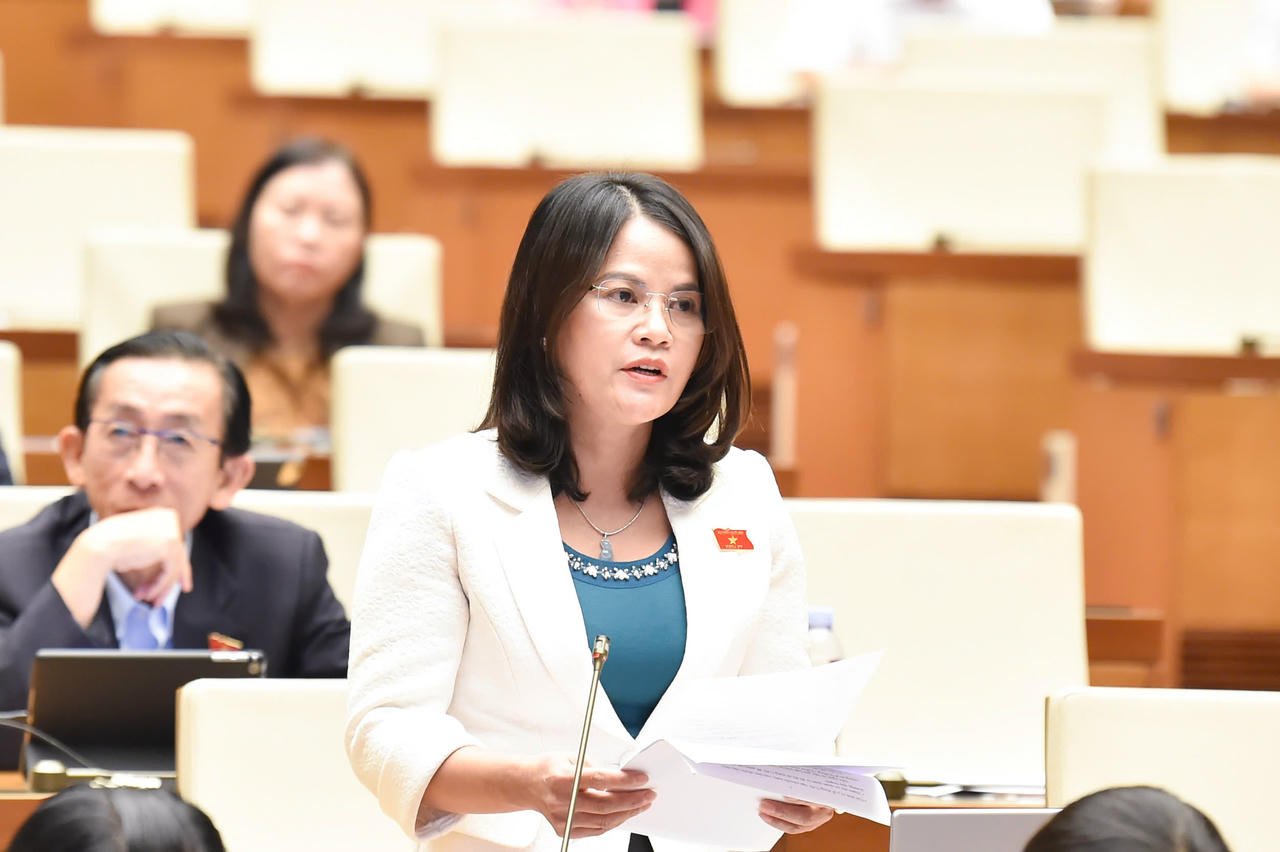
The delegate proposed that the Drafting Committee add the following content to the general concept of the Law: an unmanned aerial vehicle is an airborne aircraft that is remotely controlled or operates automatically without a pilot directly on board. An unmanned aerial vehicle system is a combination of an aircraft, control equipment, information systems, data transmission and necessary technical elements to ensure safe operation.
The term unmanned aerial vehicles (UAVs) in this law includes devices used for civil purposes such as surveying, transporting, researching, filming, taking photos, rescuing and other legitimate commercial activities. The legalization of these two concepts will help to clearly define the scope of management, licensing, registration and operational responsibilities, and at the same time create a foundation for issuing technical standards and low-altitude flight safety in the future.
To overcome the current gap, the Delegate also proposed that the Drafting Committee add a new article on the management of unmanned aerial vehicles: Unmanned aerial vehicles operating in residential areas, urban areas or important areas must be registered with electronic identification and declare their operating areas; The licensing, monitoring and management of UAVs and UAS are carried out according to the coordination mechanism between the Ministry of Construction, the Ministry of National Defense and the Ministry of Public Security . The Government shall specify the no-fly zones, flight corridors, maximum altitudes, incident handling plans and mechanisms for neutralizing violating UAVs; Encourage research and development of domestic technology to serve UAV management, including low-altitude radar, digital maps and electronic identification systems.
Delegate Thach Phuoc Binh (Vinh Long Delegation) highly appreciated the efforts of the drafting agency and the spirit of openness shown in the Report dated November 11, 2025 of the Ministry of Construction. However, in order for this law to truly come into life, with high predictability and integration, the Delegate suggested that the Drafting Committee pay attention to 4 specific contents, including adding regulations on the management of low-altitude aircraft and unmanned aerial vehicles.
The delegate emphasized that in reality, small aircraft and unmanned aerial vehicles serving agriculture, tourism, rescue, and cargo transportation are developing rapidly, but current laws do not have adequate regulations. I propose adding a separate chapter or section on low-altitude aviation, which clearly defines the scope, altitude, licensing conditions, flight zone management, and coordination responsibilities between defense and police agencies. At the same time, it is necessary to allow controlled piloting of new technologies, a flexible testing framework to both encourage innovation and ensure airspace safety, and avoid overlap in state management.
Delegate Duong Khac Mai (Lam Dong Delegation) also recognized that low-altitude aviation activities were analyzed by Delegate Nguyen Hoang Bao Tran, so it is appropriate to accept and supplement the Government's regulations on the application of this Law to low-altitude aviation activities to meet the development requirements of the low-altitude space economy in the short and long term. However, the Delegate suggested that a separate chapter and a separate article should be devoted, rather than a clause as in the current draft Law.
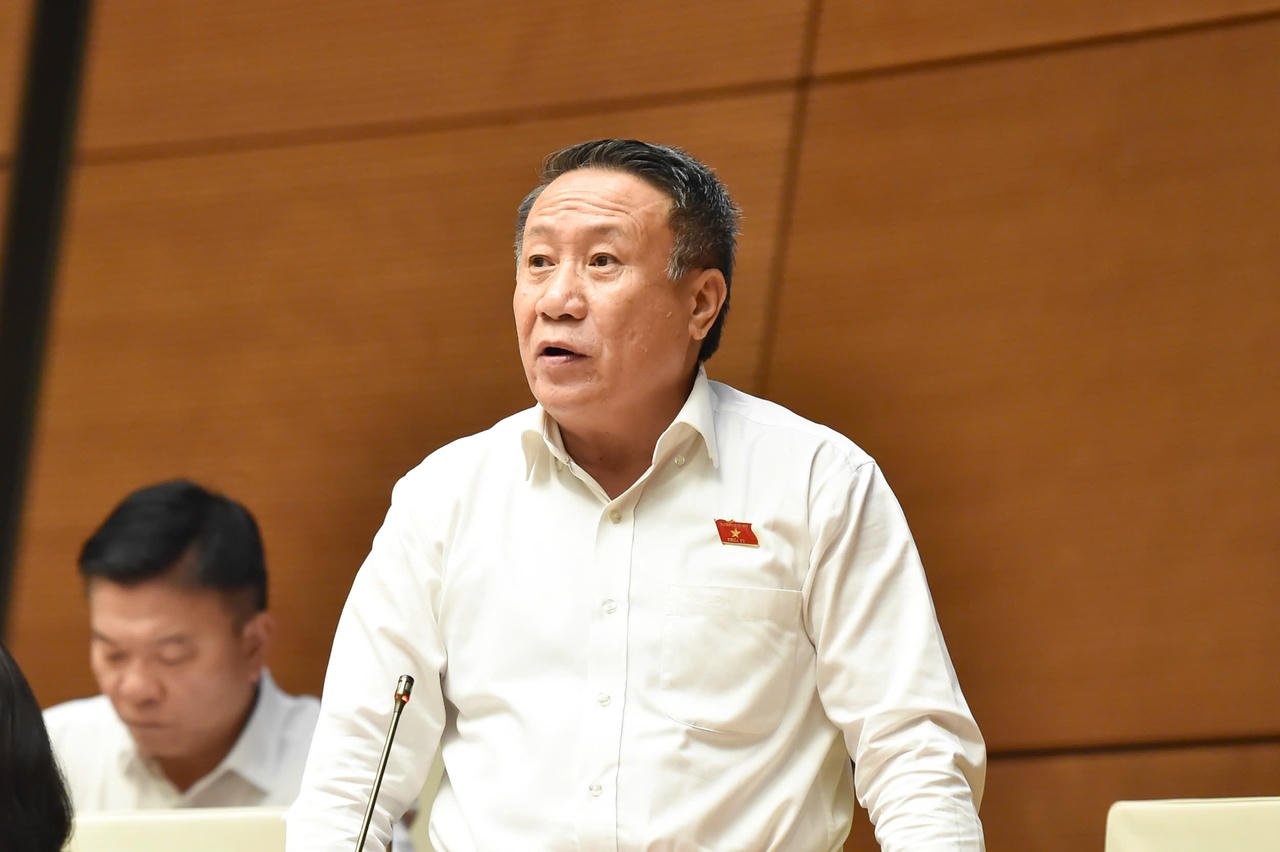
Delegate Ha Sy Dong (Quang Tri Delegation) also proposed clarifying the scope of regulation for low-altitude UAV air transport, assigning full responsibility to the Government to regulate to ensure transparency, consistency and create a clear legal corridor for innovative businesses.
In a report clarifying the issue of low-altitude aviation, Minister of Construction Tran Hong Minh said that the application of drones and other flying vehicles is becoming more and more popular, creating new economic activities in many fields such as transportation, tourism, agriculture, media, entertainment, especially in the field of topographic survey, route selection... However, this is an area that most developed countries are in the research stage. The Ministry of Construction went to China and some countries, including Japan, to conduct research, but only applied some tasks, and could not do it on a large scale.
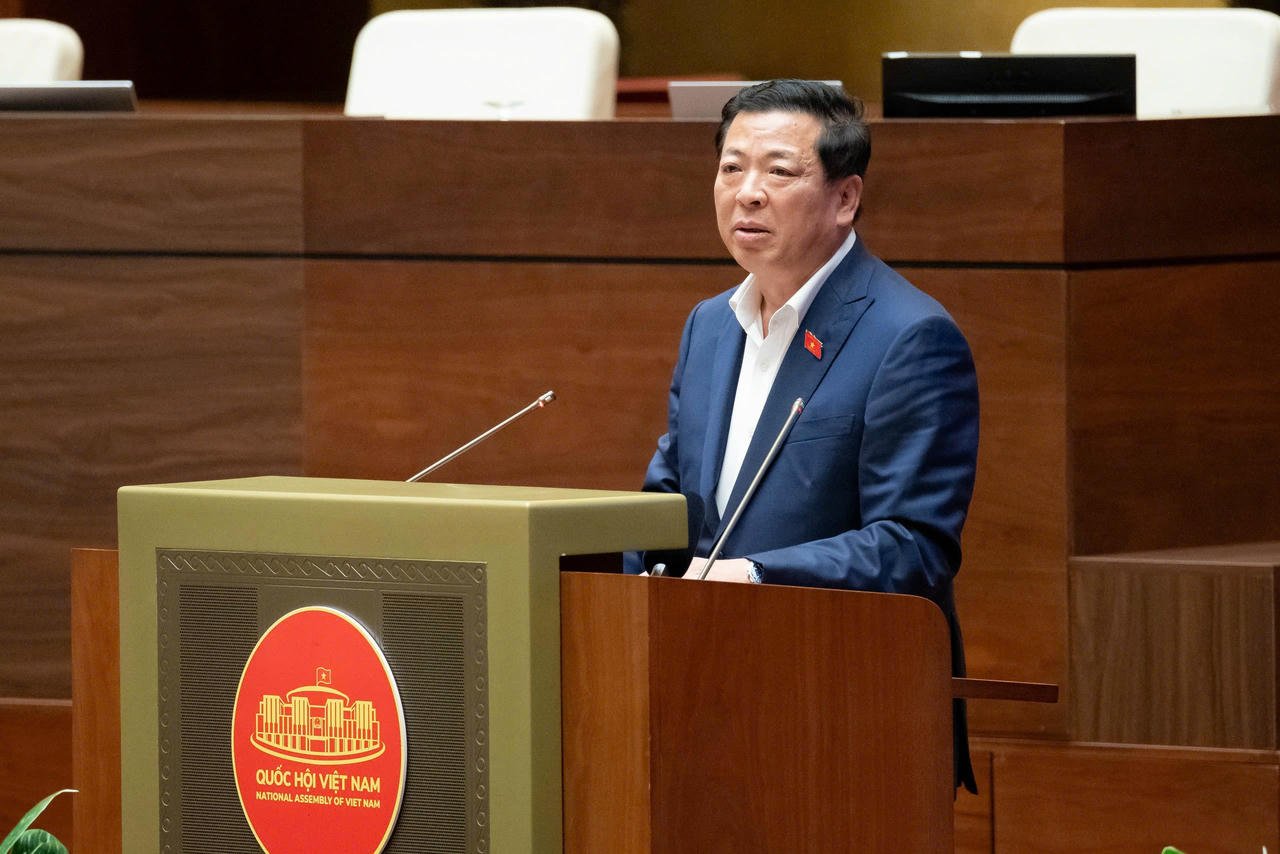
Currently, it is in the research and testing phase with strict management and monitoring policies and mechanisms associated with security and defense. Therefore, this draft Law lays the legal foundation for the development of low-altitude aviation economy in the fields of life, economy and society. In this way, how to organize and implement it later, the Government will base on the requirements of the country's economic and social development, regulating the application of this law to low-altitude air defense transport activities in accordance with reality.
Review the implementation of this law to ensure sustainable economic development, but especially to ensure aviation safety, national defense, security and especially social order and safety. Security and safety issues must be put first for low-altitude flying vehicles, this is very important, only when we can manage all these vehicles when taking off, what goods they carry, how they carry people, where they travel, and what activities they do in the sky, can we do it.
The Minister hopes that delegates will sympathize and share with the Ministry of Construction as well as the Ministry of National Defense and the Ministry of Public Security, and said that in the coming time, he will work with the Government to detail and concretize this Law in the operation of low-flying aircraft.
Source: https://baophapluat.vn/nghien-cuu-luat-hoa-viec-phat-trien-kinh-te-hang-khong-tam-thap.html


![[Photo] General Secretary To Lam visits Long Thanh International Airport Project](https://vphoto.vietnam.vn/thumb/1200x675/vietnam/resource/IMAGE/2025/11/13/1763008564398_vna-potal-tong-bi-thu-to-lam-tham-du-an-cang-hang-khong-quoc-te-long-thanh-8404600-1261-jpg.webp)

![[Photo] The "scars" of Da Nang's mountains and forests after storms and floods](https://vphoto.vietnam.vn/thumb/1200x675/vietnam/resource/IMAGE/2025/11/13/1762996564834_sl8-jpg.webp)


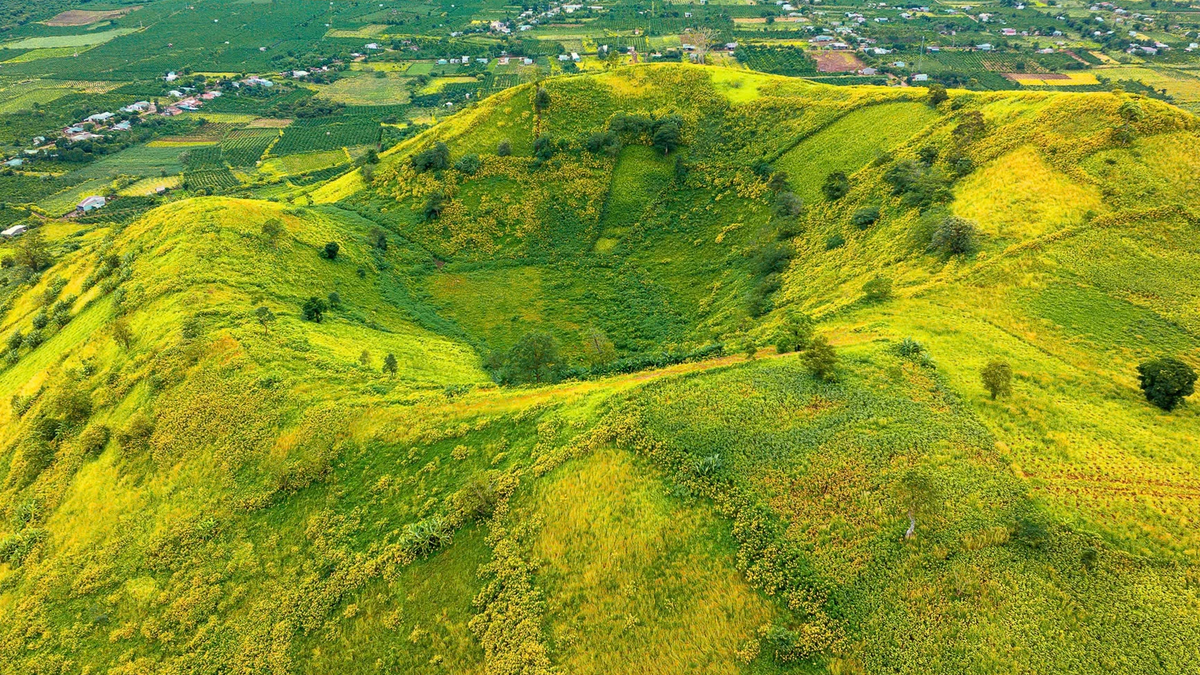


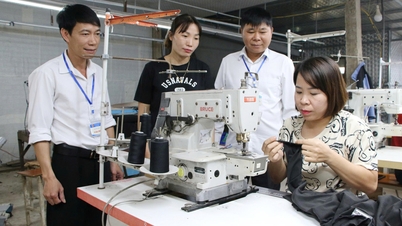







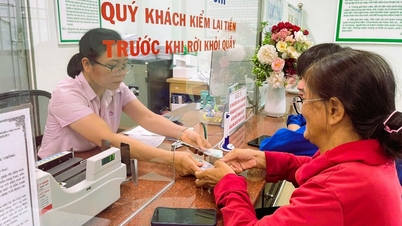

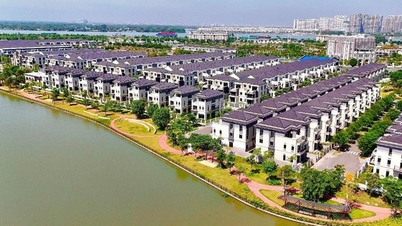

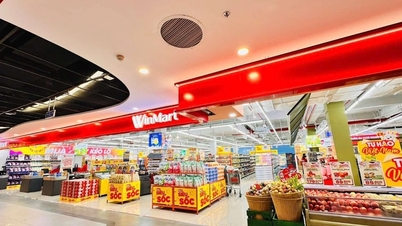



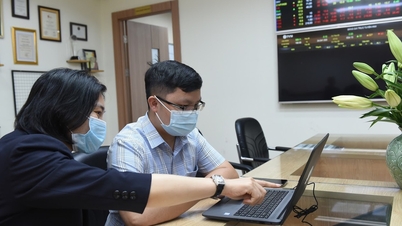










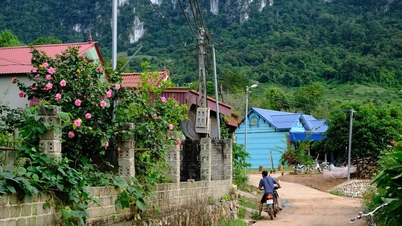














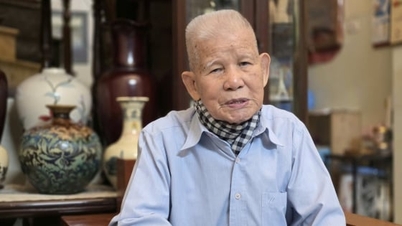






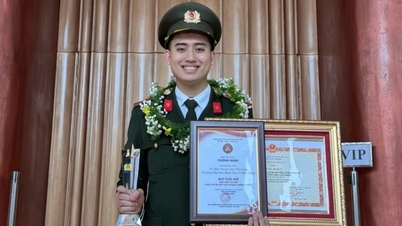










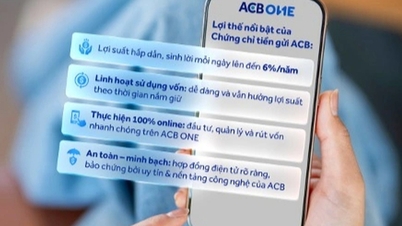






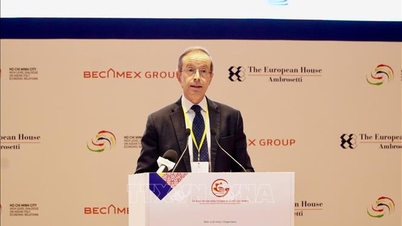


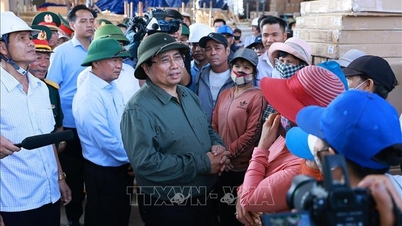








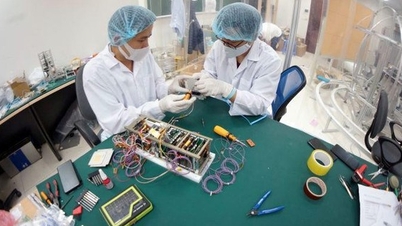


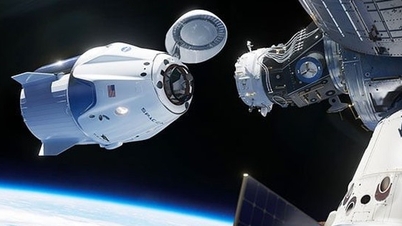
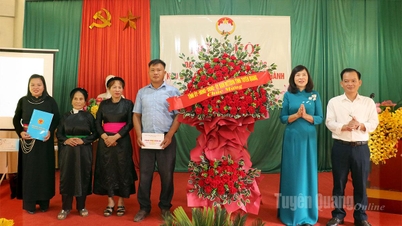




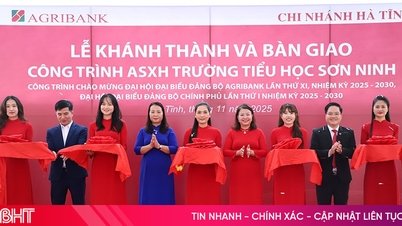
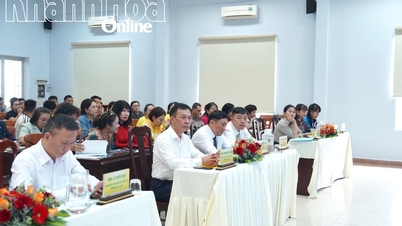





![Dong Nai OCOP transition: [Article 3] Linking tourism with OCOP product consumption](https://vphoto.vietnam.vn/thumb/402x226/vietnam/resource/IMAGE/2025/11/10/1762739199309_1324-2740-7_n-162543_981.jpeg)







Comment (0)